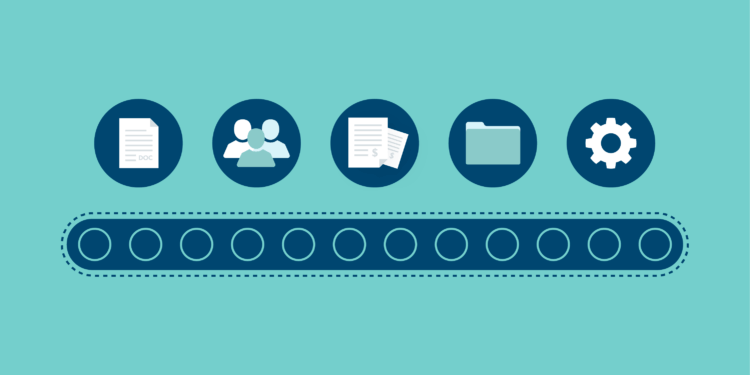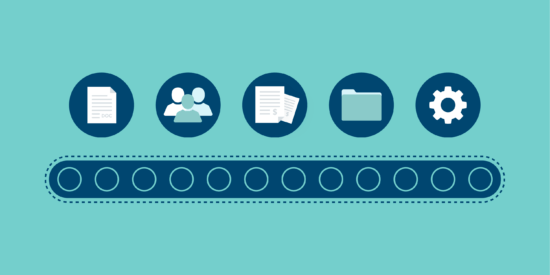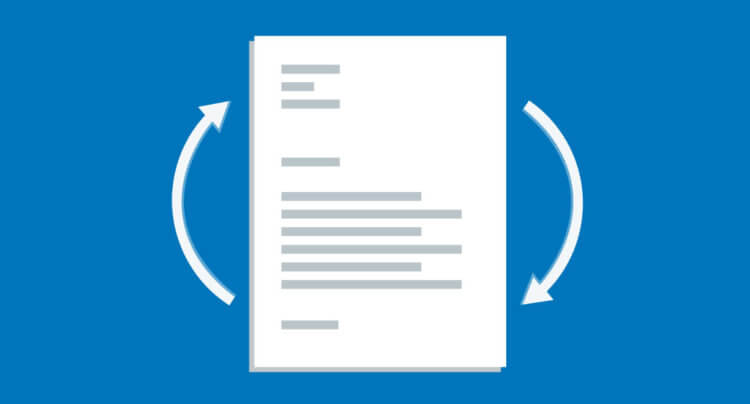Given that law firms are service-based, revenue earned in the legal profession is mainly based on hours billed for work on behalf of their clients. These hours include:
- Administrative work separate from client work
- Client intake
- Billing and collections Practice management tasks.
These are the kinds of tasks and hours that law firms want to maximize, so they can run revenue-driven business.
Unfortunately, non-billable hours, like administrative tasks, are a fact of life for any law firm and can take up a significant amount of time per day. And this is where legal workflow automation can help.

Legal workflow automation can increase your billable hours
Non-billable tasks are essential to the maintenance and growth of your law firm.
But they also cost money to execute and consume time you could be putting towards earning revenue.
Non-billable tasks are particularly problematic for small and solo practices, who may have fewer revenue streams (than large firms) to offset such expenses.
Non-billables are such a problem that, according to the 2022 Legal Trends Report, the average lawyer in the United States bills only 2.6 hours of billable work each day.
That means that compared to a standard 8-hour workday, the typical lawyer only has a 33% utilization rate. No wonder lawyer working hours often extend beyond 5:00 p.m.
Here’s the good news—with today’s advancements in law office automation and technology, it’s possible to reduce your firm’s time on non-billable work. It all comes down to having a mix of priority-based planning, advanced technology/cloud-based apps, and ongoing watchful management.
What is legal workflow automation?
Legal workflow automation helps law firms automate routine tasks. These processes allow lawyers and staff to focus on strategic tasks (or other areas that require their skills and expertise) and less on routine administrative tasks. With legal workflow automation, law firms can automate anything from billing to document management while reducing errors and decreasing overhead.
Will automation replace lawyers?
The short answer is, “no.” With law office automation and technology, you’re not taking away the human element of the practice. Instead, you’ll spend less time on time-intensive, tedious tasks and more time on activities that require your skills and expertise.
Why automate legal workflow processes?
Lawyers can automate a significant portion of their work with current technology. Automation gives your law firm the advantage of servicing clients and attracting new business more efficiently.
Law firm automation can:
- Remove room for human error related to duplicate data entry.
- Create a better client experience when processes they interact with directly are automated or self-service (such as filling out forms).
- Increase attorney satisfaction because they can spend more time on billable work and other revenue-producing activities.
- Improve communication and transparency between your law firm’s staff and clients.
- Decrease the overhead costs of staffing and other fees associated with a conventional law office.
And if you’re a solo or small firm, automation levels the playing field by enabling you to stay competitive on a smaller budget.
You may like these posts
6 steps to legal workflow automation
Automating your law firm might come across as an easier-said-than-done kind of scenario, but with the proper steps in place, the transition can be much easier than you think.
Here are six steps to consider when adding new automation technologies to your day-to-day processes.
1. Choose what to automate
The key is to start with one thing at a time. And in particular, start with one thing that you don’t like.
2. Evaluate the value of each task
You’ve created a list of all the things you don’t like doing. The next step is to decide which ones are good candidates for automation
- Does it take a lot of time to do?
- Is it repetitive or tedious?
- Or is it a necessary task but non-billable?
- Is it time-sensitive?
3. Create a plan
Once you’ve determined that there are numerous tasks that your law firm could benefit from automating, create a plan of action so that you’re able to tackle changes one by one.
You’ll also need to prioritize implementation as part of your day-to-day life without jeopardizing the attorney and client experience.
Don’t forget to consider the needs of other staff members using these programs—for example, choosing the right software for your paralegals.
4. Research automation tools
Once you’ve prioritized which processes to automate, conduct research to find the best solution that fits your needs based on your implementation timeline and budget. The Clio App Directory is a good place to start your research.
If you can’t find what you’re looking for, if-this-then-that tools like Zapier can help you automate actions between specific tools. Additionally, paralegal automation should be prioritized at your firm.
Another great tool to have handy is a document automation tool, like Clio Draft, which helps legal practices convert Microsoft Word documents into reusable and fillable templates.
And, of course, there’s Artificial intelligence (AI). The legal industry currently uses AI in many aspects of its work. It may not be explicitly noticeable—but it helps lawyers and paralegals do their jobs better. Specifically, AI in law firms helps legal professionals transform their practice by putting clients first in an unprecedented way.
By using the document automation tool, legal professionals can:
- Increase workflow efficiency by generating multiple automated documents simultaneously and sharing knowledge across stakeholders with web-based documents.
- Increase matter accuracy by populating and editing details throughout several documents from a centralized platform.
- Increase their time with clients instead of spending it on the manual processes of document drafting.
Want more Clio News?
Subscribe to our blog and get our blog posts delivered to your inbox!
5. Develop a change management plan
Technological change can be uncomfortable and intimidating for your staff, so ensure they are aware of the plan and have the proper training for the easiest transition. It’s always better to communicate change early.
6. Review and iterate
Although one of the advantages of implementing automation is that you can “set-it-and-forget-it,” regularly re-evaluate your processes over time. There is plenty of opportunity for customizations using automation tools, and each vendor will offer unique features, so never be complacent with your technology.
Also, regularly asking for feedback from staff and clients will help you uncover valuable opportunities for improvement—and further savings on overhead.
For more tips, watch our webinar on easy ways to automate your legal workflows.

Final notes on legal workflow automation
Legal workflow automation technology provides limitless opportunities when it comes to helping you save time on key law firm processes, like client intake, document automation, client communications, payment collections, client reviews, and more.
By optimizing these areas, you’ll be able to spend less time doing non-billable tasks. And, you’ll spend more time creating revenue for your law firm.
Create a solid plan and take a step-by-step approach to integrate new automation technologies. Then, you’ll be set up for success.
So, take advantage of those automation tools. You’ll achieve efficiencies that will help you deliver better experiences for both clients and a better work environment for attorneys.
For more information, watch our webinar on how to use automation to increase efficiency at your law firm.
We published this blog post in July 2020. Last updated: .
Categorized in: Business
Looking to Save Time This Summer?
Learn how to reclaim your days by automating tedious tasks that take up too much time—and energy, by watching our CLE webinar. Gain tips and tricks on how legal technology can help you take back your summers.
Watch On-Demand Now





